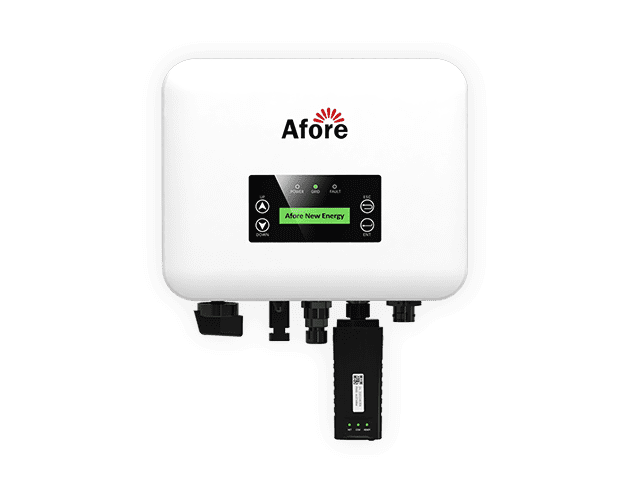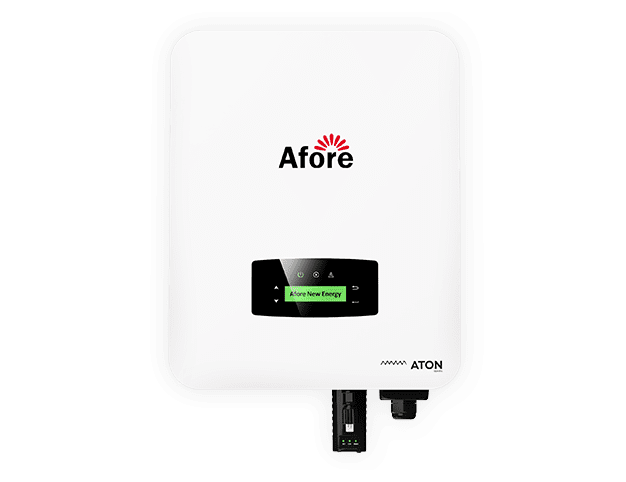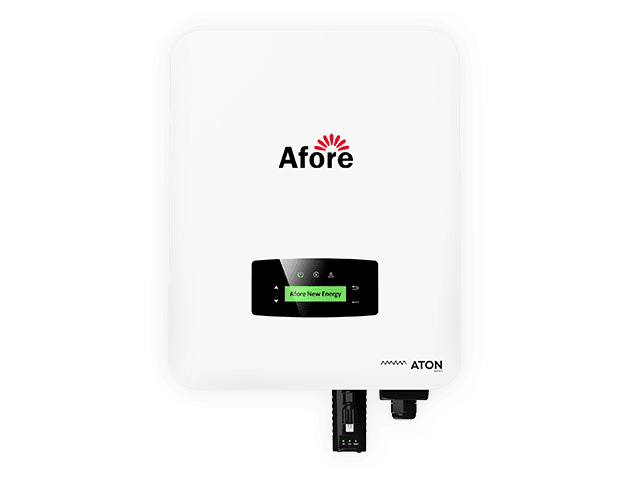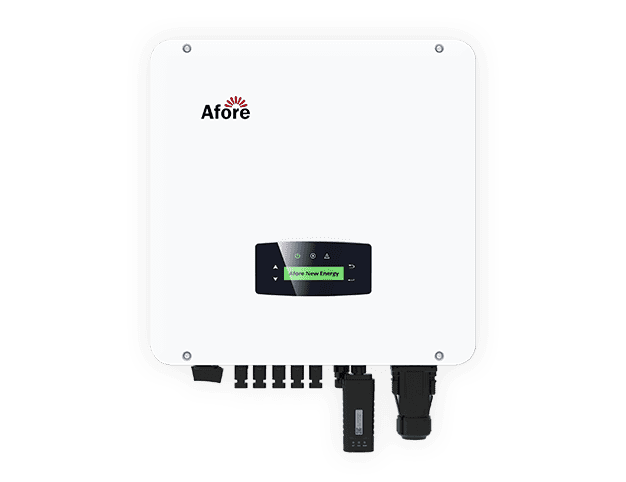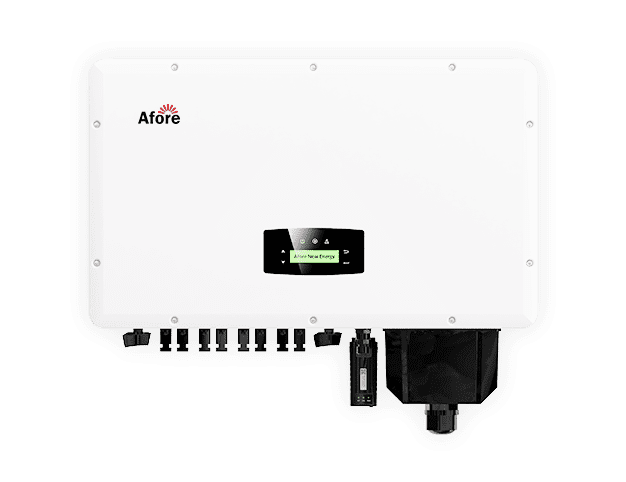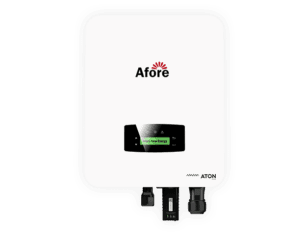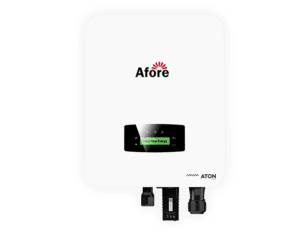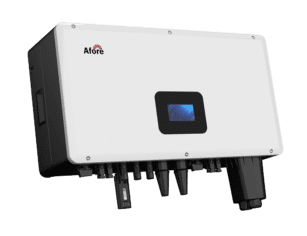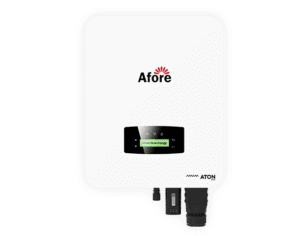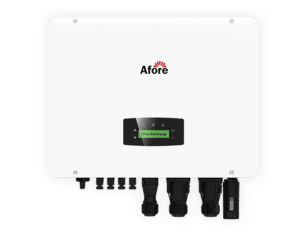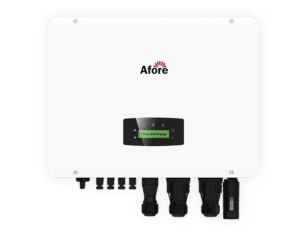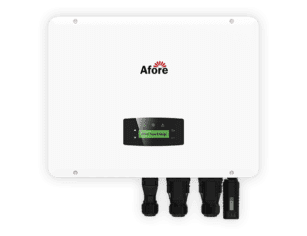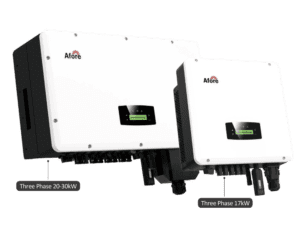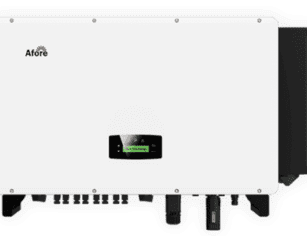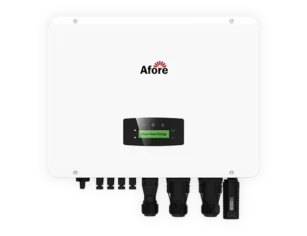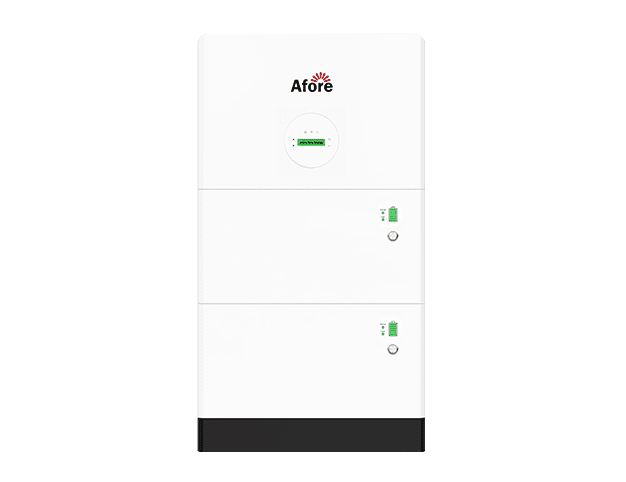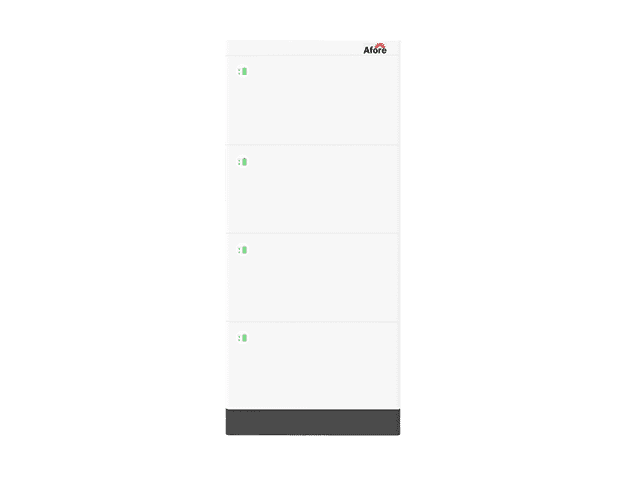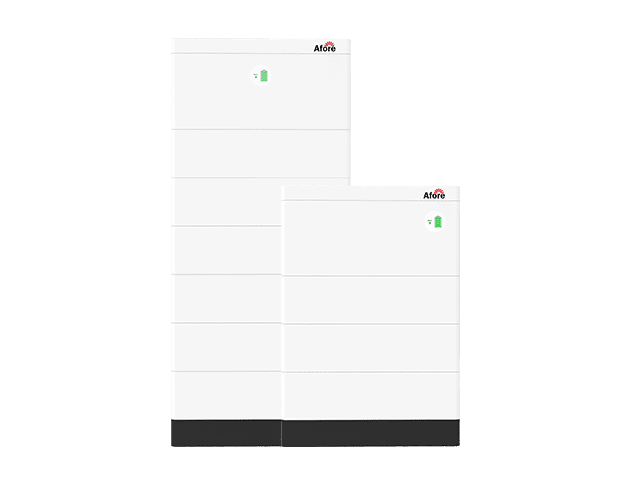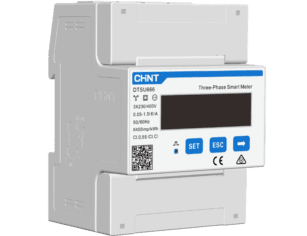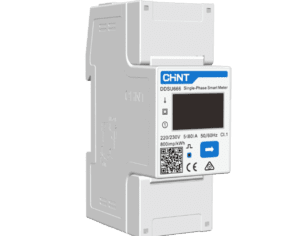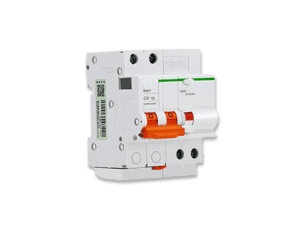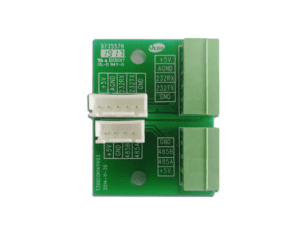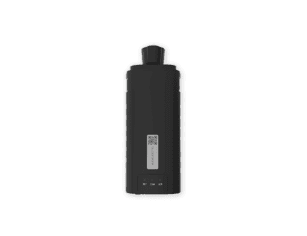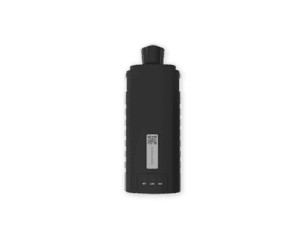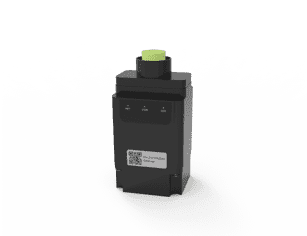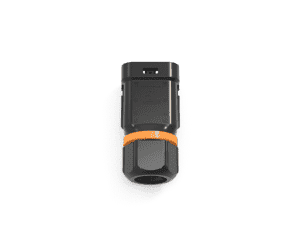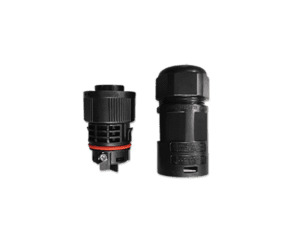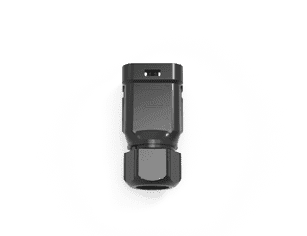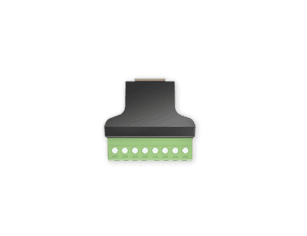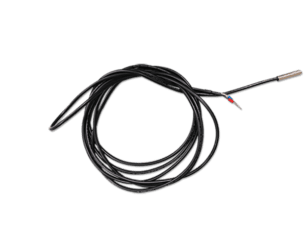The Ultimate Guide to Solar PV Inverter Manufacturers: What You Need to Know

Table of Contents
If you’ve been dipping your toes into the world of solar energy, you’ve probably realized something pretty quickly: not all solar PV inverter manufacturers are created equal. The inverter is the unsung hero of every solar power system, quietly converting direct current (DC) from your panels into the alternating current (AC) that powers your coffee maker, laptop, and yes—even the Wi-Fi router you’re probably reading this on.
But with so many solar PV inverter manufacturers vying for your attention, how do you separate the leaders from the laggards? That’s exactly what this deep-dive is about. I’ll walk you through the ins and outs of the industry, explain what to look for when comparing brands, share some insider perspectives, and sprinkle in my own experiences so it doesn’t feel like just another boring technical rundown.
Understanding the Role of Solar PV Inverters
Why Inverters Matter More Than You Think
When most people picture a solar system, they imagine rows of shiny panels soaking up the sun. But here’s the truth that often gets overlooked: without the inverter, those panels can’t actually power your home. In other words, the inverter is the beating heart of any solar setup.
The panels themselves generate electricity in direct current (DC). The problem? Your household appliances, your lights, even your air conditioning all run on alternating current (AC). That’s where the inverter steps in. The best solar PV inverter manufacturers design products that act like interpreters, translating solar energy into the usable electricity we rely on every day.
Think about it this way: buying solar panels without paying attention to the inverter is like buying a sports car but ignoring the engine. It may look great, but without the right component under the hood, you won’t get anywhere.
The Conversion Process in Simple Terms
Now, let’s strip away the jargon and talk about what actually happens inside these devices.
Step One: Collection
Your solar panels collect sunlight and generate DC power. At this stage, it’s raw and unrefined—like crude oil before it’s processed.
Step Two: Conversion
The inverter takes that DC power and rapidly switches it back and forth, creating a clean AC waveform that matches the frequency of the electrical grid. Good solar PV inverter manufacturers spend years fine-tuning this process so energy loss is kept to an absolute minimum.
Step Three: Delivery
Once the current is converted, it flows into your home’s circuits, ready to power your refrigerator, laptop, or washing machine. Any excess energy? It’s either stored in a battery (if you have one) or exported back to the grid, often earning you credits from your utility company.
It sounds straightforward, but in reality, the engineering involved is incredibly sophisticated. That’s why choosing the right manufacturer matters—because a poorly designed inverter can waste energy and even shorten the lifespan of your entire system.
Additional Functions Beyond Conversion
If you think inverters are only about converting electricity, think again. Modern technology has turned them into multifunctional devices that do far more than just flip DC into AC.
- Performance Optimization: Advanced inverters monitor individual panel output, adjusting dynamically to squeeze every bit of power from your system—even if one panel is shaded by a tree or cloud.
- Grid Management: Many utility companies now expect inverters to support the stability of the grid. The top solar PV inverter manufacturers build units capable of voltage regulation, frequency response, and reactive power control.
- Safety Features: Inverters can detect faults, shut down quickly during emergencies, and comply with strict safety codes to protect both your property and the utility grid.
- Smart Monitoring: With Wi-Fi connectivity and mobile apps, homeowners can track energy production in real time. I’ve seen people check their solar dashboards more often than they check the weather!
So yes, inverters convert power—but they also manage, protect, and optimize your entire solar energy ecosystem. And here’s the kicker: the extra features you get largely depend on which solar PV inverter manufacturer you choose. Some push the envelope with AI-driven monitoring, while others focus on rugged durability in harsh climates.
The bottom line? Don’t underestimate the inverter. It’s not just a box on the wall—it’s your system’s brain, protector, and performance coach, all rolled into one.
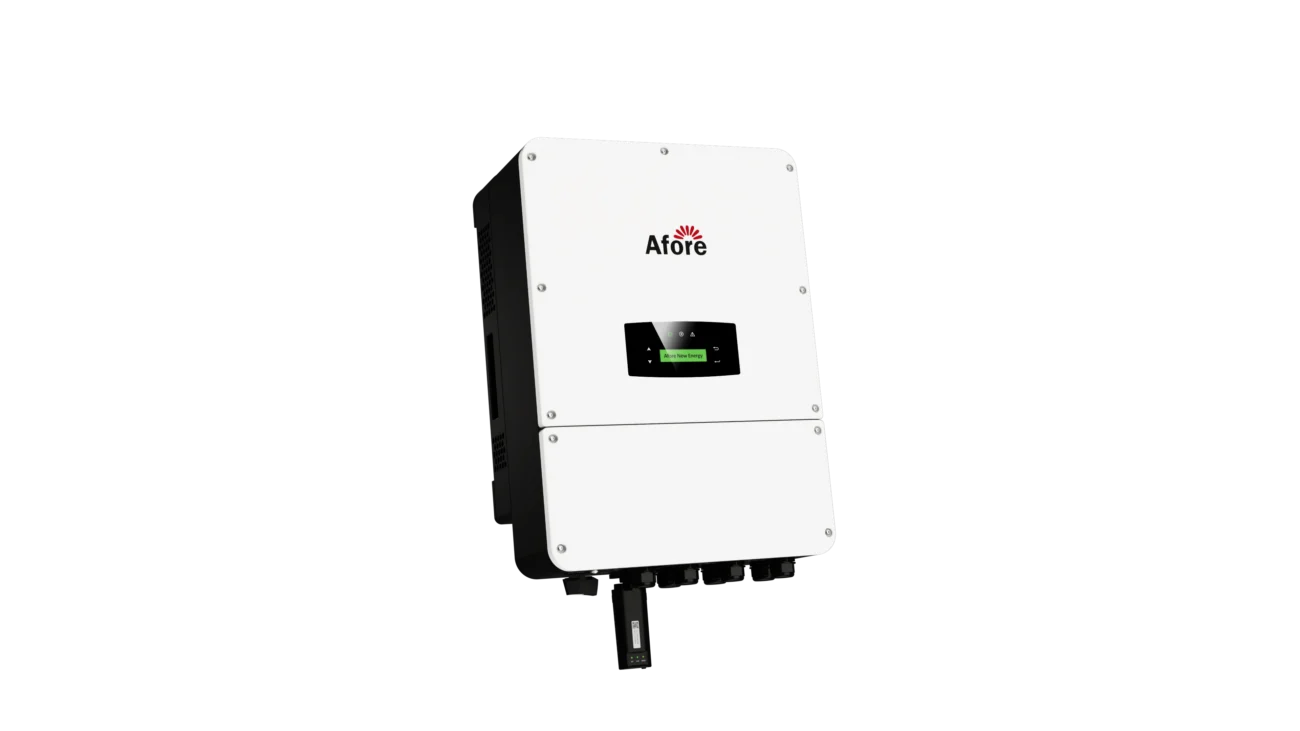
The Global Landscape of Solar PV Inverter Manufacturers
When you step back and look at the solar industry as a whole, it’s fascinating to see just how diverse the world of solar PV inverter manufacturers really is. Every region brings its own strengths, philosophies, and even cultural approach to engineering. Some focus heavily on precision and reliability, while others emphasize affordability and scalability. Understanding this global landscape helps you make a smarter choice—because the company behind your inverter matters just as much as the technology itself.
Market Leaders Who Set the Standard
In every industry, a few brands rise to the top and set benchmarks for everyone else. The same is true here. Certain solar PV inverter manufacturers are recognized worldwide for pushing efficiency boundaries, introducing innovative designs, and consistently earning customer trust.
These leaders are not only delivering high-performance products but also shaping policy discussions, investing in research and development, and building global service networks. When you buy from them, you’re not just getting a box of electronics—you’re tapping into years (sometimes decades) of experience and a proven commitment to quality.
One thing I’ve noticed personally when talking with installers is that they often gravitate toward these well-established brands because it makes their job easier. They know the products will perform as advertised, support is readily available, and warranties are more than just fine print.
European Pioneers
Europe, especially countries like Germany, Austria, and Switzerland, has long been at the forefront of solar inverter innovation. The region’s strict energy regulations and strong emphasis on renewable adoption created the perfect environment for solar PV inverter manufacturers to thrive.
Many European manufacturers lead the charge in integrating advanced monitoring and smart-grid functions. In markets where utilities demand grid stability and advanced safety compliance, these inverters are often the go-to choice.
Asian Powerhouses
In recent years, Asia has emerged as the global epicenter of solar manufacturing, and that includes inverters. China, in particular, is home to some of the largest and fastest-growing solar PV inverter manufacturers in the world. Companies like Huawei and Afore dominate international markets, thanks to their ability to scale production and balance cost-effectiveness with advanced features.
Japan and South Korea also contribute significantly, though their focus often leans more toward premium quality and compact design. Japanese manufacturers, for instance, are known for producing inverters that thrive in space-limited urban environments where efficiency per square meter is everything.
The Asian manufacturers have another big advantage: global distribution. Their inverters are found in massive utility-scale projects as well as small residential rooftops, proving their flexibility and worldwide influence.
I’ve heard many installers praise Asian brands for being user-friendly and budget-conscious, which makes them appealing to homeowners looking for reliable performance without breaking the bank.
North American Innovators
The U.S. and Canada might not have the sheer production volume of Asia, but North America is carving out its own niche in solar inverter technology. Here, the focus often revolves around innovation, user experience, and integration with smart-home systems.
What sets North American solar PV inverter manufacturers apart is their customer-centric approach. They invest heavily in intuitive apps, user-friendly dashboards, and energy management systems that put control directly into the hands of homeowners.
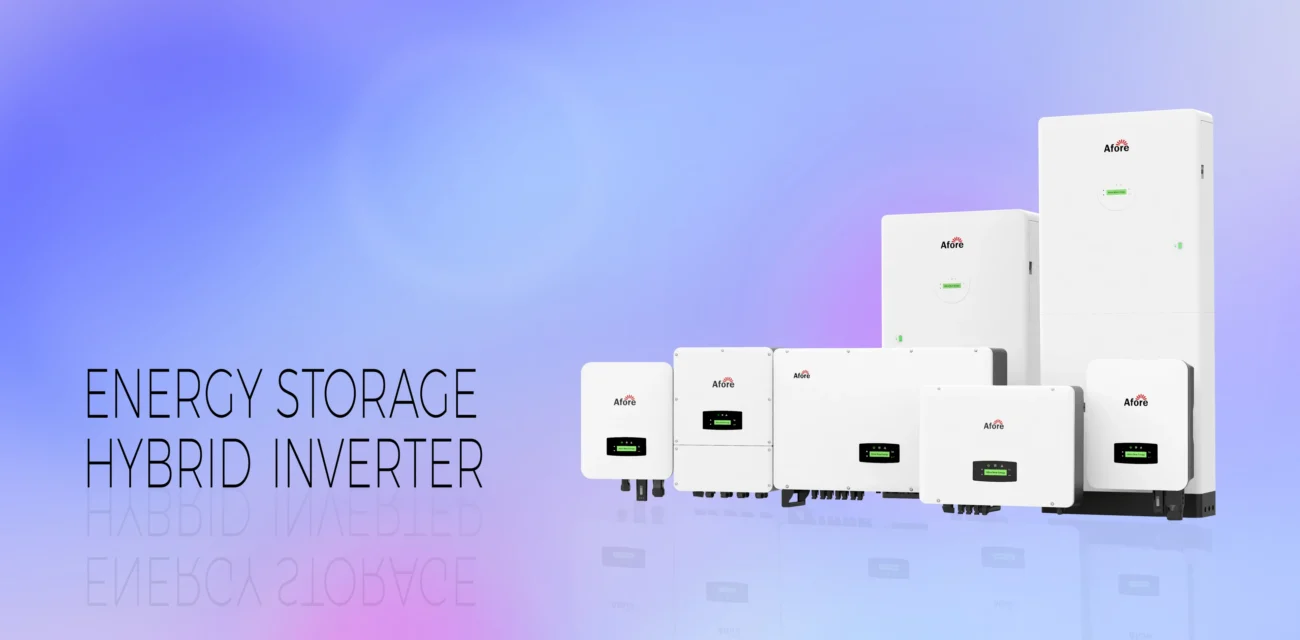
How to Choose the Right Solar PV Inverter Manufacturer
Making sense of all the solar PV inverter manufacturers out there can feel overwhelming. Everyone claims their products are the most efficient, most durable, or most affordable. But here’s the thing: not all inverters are equal, and not all manufacturers back up their promises with long-term performance. Choosing wisely isn’t just about reading a spec sheet—it’s about understanding what really matters to you and your system.
Key Factors to Consider
When you’re weighing different solar PV inverter manufacturers, a few key factors can help you separate marketing hype from real-world value.
Efficiency Ratings
Efficiency is often the first number people look at, and for good reason. It tells you how much of the solar power your panels generate actually makes it into your home as usable electricity. Modern inverters typically range from 96% to 99% efficiency.
The best solar PV inverter manufacturers push the envelope here, minimizing energy losses and squeezing out every bit of performance. While a one percent difference may not sound like much, over the lifetime of a system—say 20 to 25 years—it can translate into thousands of kilowatt-hours and significant savings on your bills.
Warranty and Service
Here’s where a lot of buyers get caught off guard. An inverter isn’t something you want to replace every few years—it should last at least a decade, ideally longer. That’s why warranties matter so much.
Leading solar PV inverter manufacturers often provide 5- to 10-year warranties, with some even extending coverage to 15 years. But beyond the paper promise, you need to ask: how responsive is their customer service? Do they have local support in your country or region?
I’ve seen homeowners stuck with a faulty inverter and a manufacturer that only had offices overseas. The result? Weeks of downtime and endless frustration. A strong warranty plus accessible service can save you a lot of stress down the line.
Compatibility and Flexibility
Solar isn’t a one-size-fits-all solution. Your system might expand over time, or you may want to add a battery for backup power in the future. This is where compatibility becomes crucial.
Some solar PV inverter manufacturers design highly flexible products that work seamlessly with different solar panels, storage batteries, and even EV chargers. Others lock you into their own ecosystem, limiting your options.
Ask yourself: will this inverter still meet my needs five or ten years from now? The more adaptable it is, the more freedom you’ll have to upgrade your system without having to rip out what you already installed.
Personal Lessons From the Field
Let me share a couple of stories that highlight why this choice matters.
A friend of mine once went with a cheaper, lesser-known manufacturer because the upfront price looked attractive. Within three years, the inverter failed. The company had no real service network, and the warranty claim turned into a nightmare of emails and unanswered calls. He ended up replacing it out of pocket—essentially paying twice for the same component.
On the other hand, I helped another homeowner install a system with an established brand known for reliability. That inverter has been running smoothly for over a decade, with only minimal maintenance. When there was a small issue, the manufacturer’s local partner sent a technician within days.
The takeaway? With solar PV inverter manufacturers, reputation and support are just as important as specs. Saving a little upfront often ends up costing you much more later.
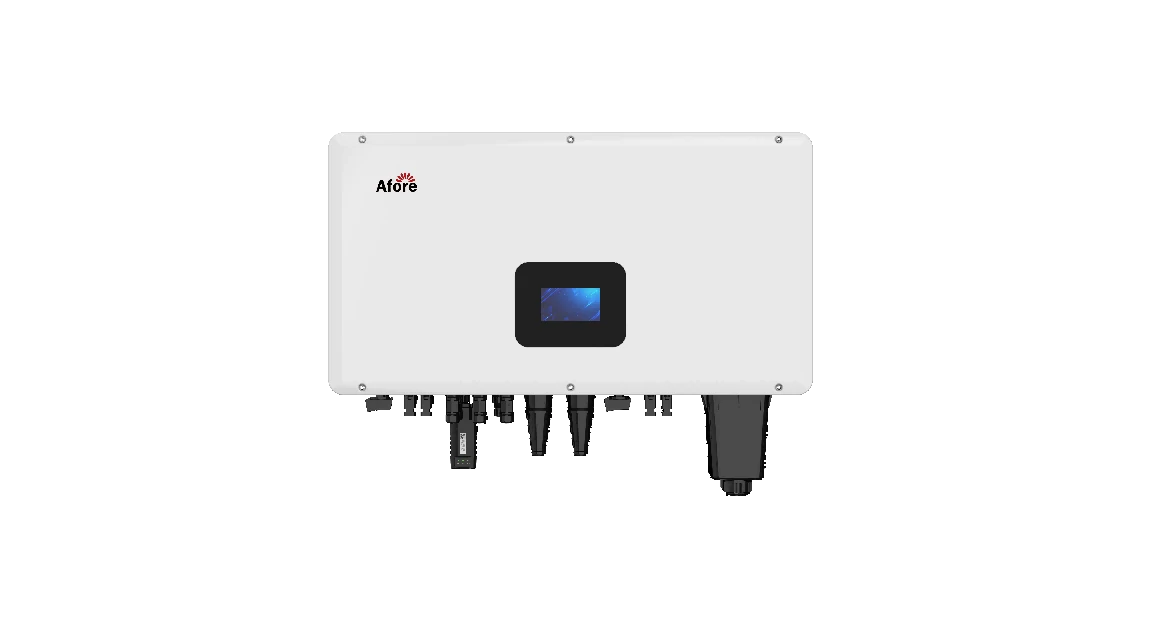
Emerging Trends in the Inverter Industry
The solar market doesn’t stand still—and neither do the companies driving it. Over the last few years, solar PV inverter manufacturers have transformed their products from simple conversion devices into advanced, multifunctional systems that respond to modern energy demands. If you’re planning to invest in solar, it’s worth keeping an eye on where the industry is headed. These emerging trends are already shaping the next generation of inverters.
Smart Inverters and Grid Support
Once upon a time, inverters had one basic job: turn DC into AC. That’s it. But as solar adoption exploded worldwide, utilities started facing new challenges. Imagine thousands of homes suddenly pushing power back into the grid on a sunny afternoon—it can cause instability if unmanaged.
That’s where smart inverters come in. Leading solar PV inverter manufacturers are designing models capable of grid support functions like voltage regulation, frequency response, and reactive power control. Instead of being passive devices, these inverters now actively communicate with the grid to balance supply and demand.
For homeowners and businesses, this shift has two big benefits:
- Greater reliability – Fewer blackouts and smoother energy supply.
- Future compliance – Many regions are starting to mandate smart inverter capabilities. If your system already has one, you’re ahead of the curve.
In short, inverters aren’t just serving you—they’re helping stabilize the entire energy ecosystem.
Hybrid Inverters and Energy Storage
Another major trend is the rise of hybrid inverters. With energy storage becoming more popular, people want a seamless way to manage both solar generation and batteries. Instead of buying separate devices, hybrid inverters integrate the two.
Here’s why this matters: if you live in an area with unreliable power supply, or if you simply want to maximize your solar investment, hybrid systems let you store excess energy during the day and use it at night—or during outages. The best solar PV inverter manufacturers are now offering hybrid solutions that make this process effortless.
I’ve seen homeowners who added a hybrid inverter during their initial installation and later expanded with a battery system. Because they had the right inverter from day one, the upgrade was smooth and cost-effective. On the other hand, I’ve also seen people who had to replace their perfectly good non-hybrid inverter just to add storage. That’s why thinking ahead matters.
Remote Monitoring and AI-Driven Analytics
Let’s be honest—we all like data. Whether it’s checking how many steps we walked today or how many kilowatt-hours our solar system produced, information gives us a sense of control. And solar PV inverter manufacturers are delivering on this demand.
Most modern inverters now come with Wi-Fi connectivity and smartphone apps that let you monitor energy production in real time. But the innovation doesn’t stop there. Some manufacturers are layering in AI-driven analytics, using machine learning to detect potential issues before they cause downtime.
For example, an inverter might notice that one panel is consistently underperforming compared to the rest. Instead of you finding out months later from a high electricity bill, the system sends an alert, suggesting maintenance. That kind of predictive insight can save you both energy and money.
This trend also ties into larger energy management systems. In the future, your inverter may not only tell you how much energy you’re producing but also recommend when to run your dishwasher, charge your EV, or sell power back to the grid for maximum profit.
Practical Tips for Homeowners and Businesses
Investing in solar isn’t just about buying hardware—it’s about making decisions that will affect your finances, comfort, and even peace of mind for the next 15–20 years. The inverter you choose plays a central role, and with so many solar PV inverter manufacturers on the market, it can be tricky to know which way to go. To make things easier, here are some practical tips that I’ve seen help both homeowners and businesses avoid costly mistakes.
Don’t Just Compare Specs—Compare Companies
It’s tempting to shop by numbers alone: efficiency percentages, maximum output, peak power ratings. Sure, these specs matter, but they don’t tell the whole story. Two inverters may look identical on paper, yet the experience of owning them can be worlds apart.
The most reliable solar PV inverter manufacturers invest not only in engineering but also in quality control, customer education, and after-sales support. A spec sheet won’t show you how a company handles warranty claims, or whether their app is intuitive to use. That’s where reputation comes in.
Talk to local installers—they usually know which brands cause headaches and which ones just quietly do their job year after year. Read independent reviews, not just testimonials on a manufacturer’s website. A trusted brand may cost a little more upfront, but in my experience, it pays for itself in lower stress and higher system uptime.
Look at Local Support
Here’s something a lot of people forget to check: Does the manufacturer have local support in your region? Even the best inverter might need service someday, and if the nearest office is halfway around the world, that repair process could drag on for weeks.
The top solar PV inverter manufacturers have strong global distribution and local service partners. That means if something goes wrong, a technician can be dispatched quickly, parts are easier to source, and downtime is minimized.
I’ve seen small businesses suffer real losses when their inverter went offline and they had to wait months for overseas replacements. On the flip side, I know a homeowner who had an inverter fault fixed within days because the brand had a regional service center. That kind of support can make or break your solar experience.
Future-Proofing Your Investment
Solar isn’t just about today—it’s about where you’ll be 10 or 15 years down the line. Maybe you’ll add a battery to store excess energy. Maybe you’ll get an electric vehicle and want to charge it from your solar system. Maybe your household energy needs will simply grow.
Forward-thinking solar PV inverter manufacturers design products with these possibilities in mind. They build in flexibility so you can expand your system without replacing core components. Hybrid inverters, for instance, make it easy to integrate storage later. Others ensure compatibility with a wide range of panels and accessories, so you’re not locked into a single ecosystem.
Think of it like remodeling a house—you wouldn’t want to build something today that makes future upgrades impossible. By choosing an inverter that supports expansion, you protect your investment and save yourself from unnecessary expenses down the road.
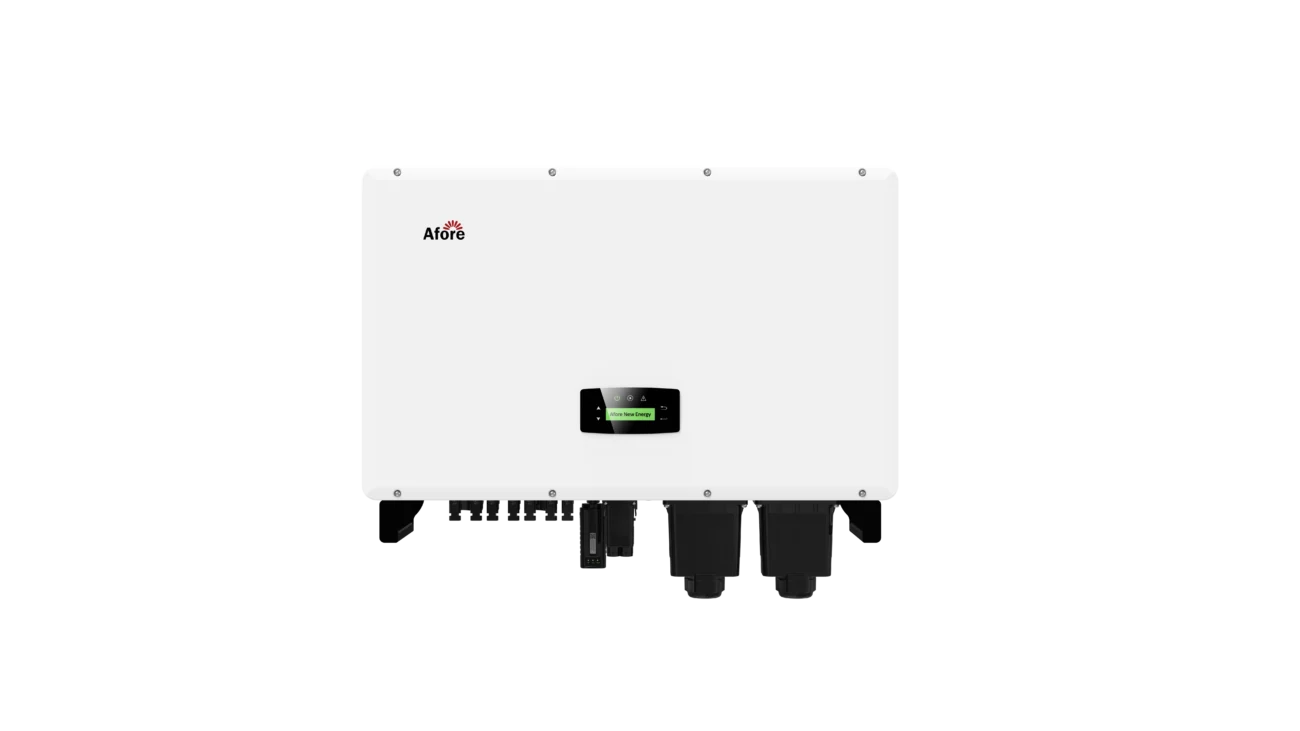
Wrapping It Up
Choosing among the many solar PV inverter manufacturers isn’t just about picking a piece of hardware—it’s about deciding who you trust with your energy independence for the next decade or more. The right manufacturer can mean seamless performance, steady savings, and peace of mind. The wrong one? Well, let’s just say you’ll be back on Google searching for troubleshooting tips sooner than you’d like.
So, take your time, do your research, and lean on expert recommendations. And if you ask me, always err on the side of proven reliability over bargain-bin pricing. Your future self—and your electricity bill—will thank you.
FAQs
-
What should I look for when comparing solar PV inverter manufacturers?
When comparing solar PV inverter manufacturers, don’t just focus on the efficiency numbers. Pay attention to warranty terms, customer support availability in your region, and long-term reliability. A slightly more expensive inverter from a reputable manufacturer often saves money over time by avoiding downtime and costly replacements.
-
Which countries produce the best solar PV inverters?
Germany and Austria are famous for precision engineering and reliability, with brands like SMA and Fronius leading the way. China has become a powerhouse thanks to scale and innovation, with companies like Huawei and Afore exporting globally. In the U.S., manufacturers such as Enphase and SolarEdge are known for pioneering smart and user-friendly designs. Each region has its strengths, so the “best” really depends on your specific needs and budget.
-
How long do inverters from top solar PV inverter manufacturers usually last?
Most quality inverters last between 10 and 15 years, with many top solar PV inverter manufacturers offering warranties that match this timeframe. Some premium models even stretch beyond 20 years. That said, real-world lifespan also depends on factors like installation quality, maintenance, and environmental conditions.
-
Are hybrid inverters worth it?
Yes, especially if you’re thinking about adding battery storage in the future. Hybrid inverters, offered by many leading solar PV inverter manufacturers, allow you to manage both solar production and storage in a single device. This makes upgrades easier, saves space, and reduces costs compared to buying separate components later.
-
How do I know if a solar PV inverter manufacturer offers good customer support?
The simplest way is to ask your installer. They deal with warranty claims and tech support regularly, so they’ll know which solar PV inverter manufacturers are responsive and which ones are difficult to work with. You can also check independent reviews and see if the company has local service centers in your country—because quick access to parts and technicians makes a huge difference.
-
Do all inverters come with smart monitoring features?
Not all, but it’s becoming standard. Most established solar PV inverter manufacturers now include Wi-Fi connectivity and apps that let you monitor your solar production in real time. Some even use AI-driven analytics to predict issues before they happen. If you like data or want peace of mind, this is a feature worth prioritizing.




